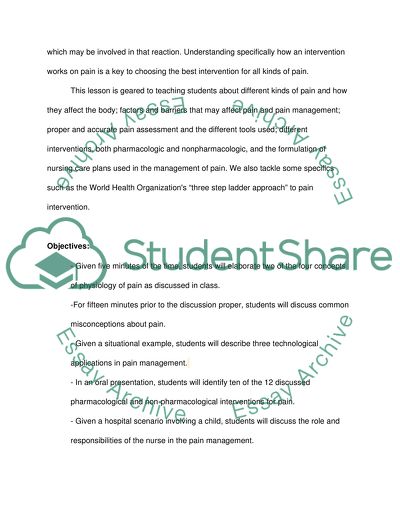Cite this document
(“Lesson Plan for Pain Management Assignment Example | Topics and Well Written Essays - 2000 words”, n.d.)
Retrieved from https://studentshare.org/nursing/1453525-teaching-plan-for-pain-management
Retrieved from https://studentshare.org/nursing/1453525-teaching-plan-for-pain-management
(Lesson Plan for Pain Management Assignment Example | Topics and Well Written Essays - 2000 Words)
https://studentshare.org/nursing/1453525-teaching-plan-for-pain-management.
https://studentshare.org/nursing/1453525-teaching-plan-for-pain-management.
“Lesson Plan for Pain Management Assignment Example | Topics and Well Written Essays - 2000 Words”, n.d. https://studentshare.org/nursing/1453525-teaching-plan-for-pain-management.


